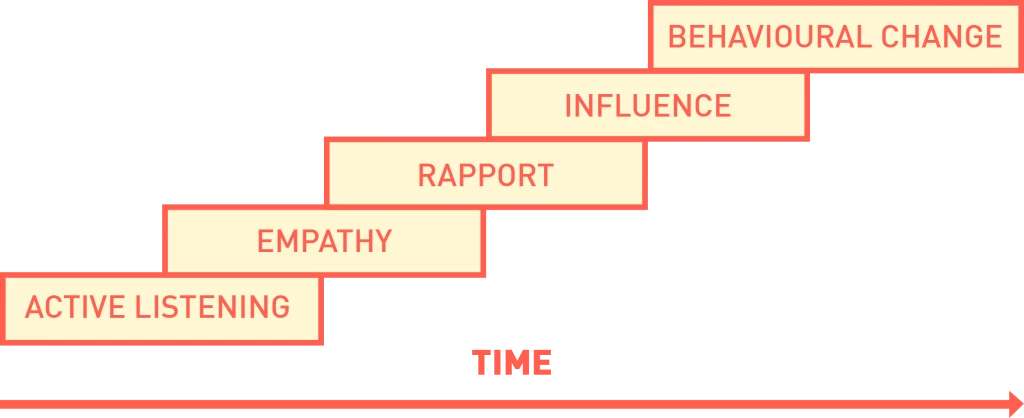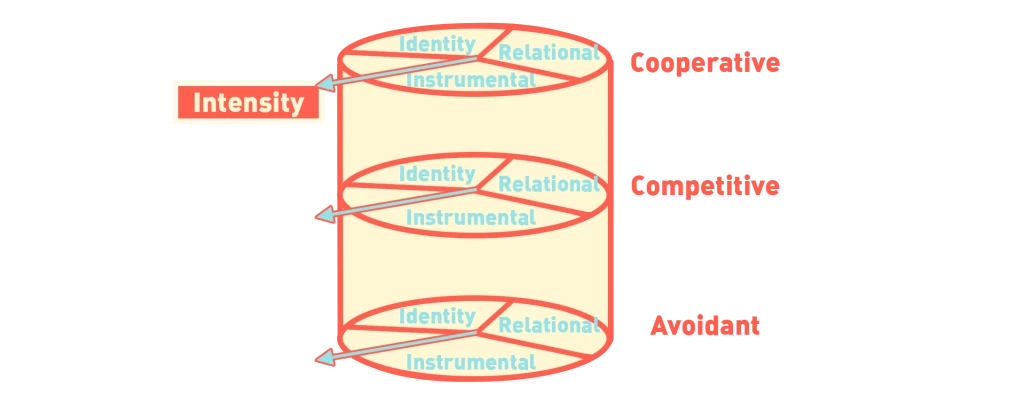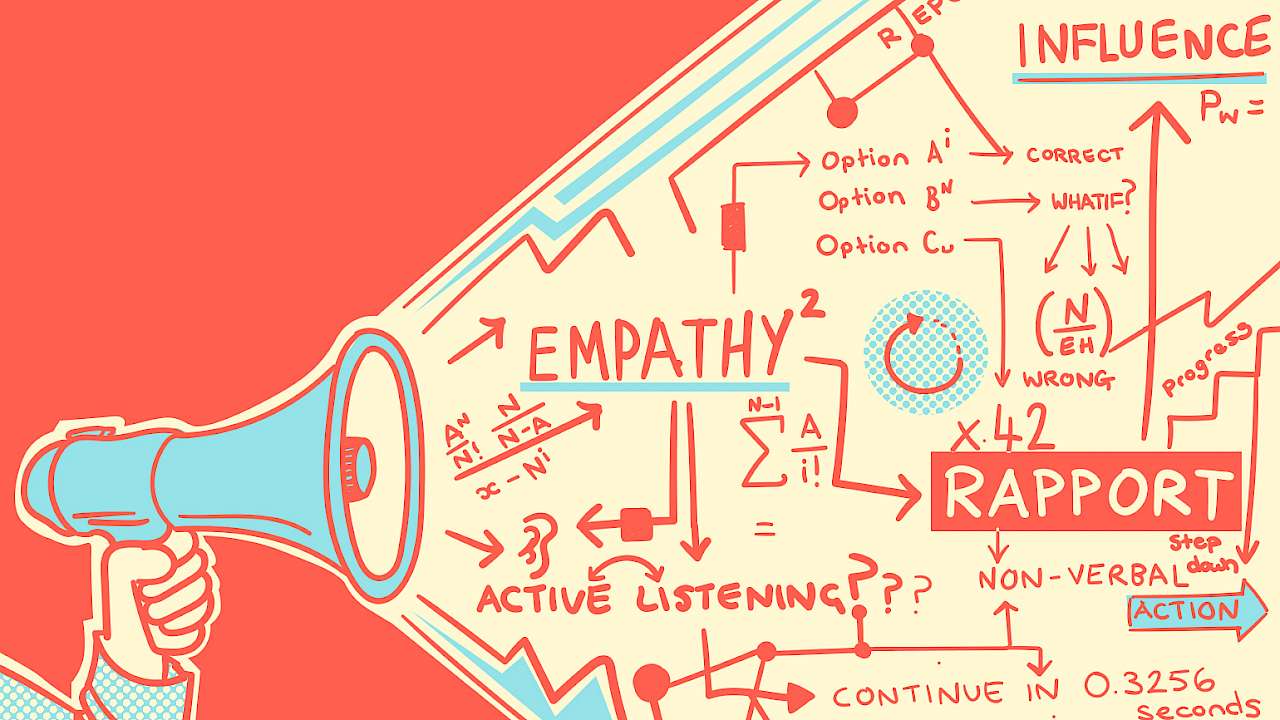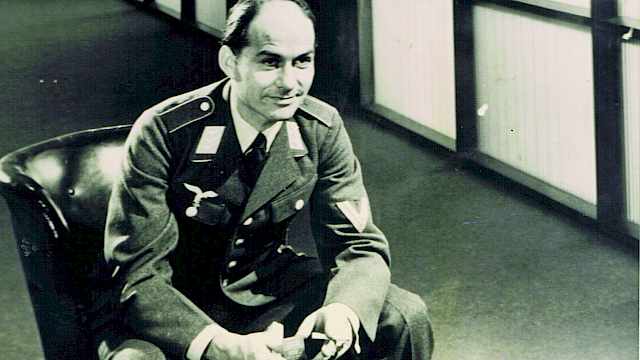For many years crisis negotiators have drawn on rapport-based tactics such as active listening and social influence to help build rapport and gain trust, in order to affect behavioural change. Often portrayed as a staircase of phases, use of these techniques and the staircase model has proven useful for training negotiators. The model is used by the FBI and UK-based negotiation trainers as means of explaining the phases of negotiation. Recent research into the staircase, in particular the phases or steps, has led to a general acceptance that certain aspects, for example rapport, need to be established and maintained throughout the engagment.
The vast majority of crisis incidents are suicide interventions. In these cases, the staircase model is effective at bringing about a positive outcome: the subject in crisis not ending their life.

Another tactic that is frequently used is a ‘reality check’. The kind of case where this tactic might be useful is in a crisis following a crime gone wrong, such as a burglary or bank robbery where the perpetrator has been cornered by the police. In these cases the negotiator may well challenge the subject along these lines:
"When you woke up this morning and decided to carry out this crime you must have considered that the consequences may include being arrested, how does that affect your thinking now?"
or
"I realise you don’t want to come out now, but at some stage, you will have to and I am trying to understand what is preventing you from doing that?"
The subject can answer in any way that they see fit, but invariably their response leads to an explanation which highlights that they will come out when certain conditions are met or reassurances are given. For example: "I am scared to come out as I don’t want to go back to prison" or "I am afraid that I will be assaulted by the people who are going to arrest me."
Both of these statements give the negotiator space for further exploration, which may lead to agreement, reassurance or some other resolution.
Traditionally, the development of these tactics was based on tacit knowledge, limiting the ability to train and test explicit skills and methods. However, research examining ‘sensemaking’ has helped negotiators, and researchers examining negotiations, codify these interactions and so understand better why certain tactics may work in certain situations.
The cylinder model
One way of helping negotiators understand the concept of sensemaking is to use the cylinder model. This model captures the way that people communicate through three dimensions.
First, it characterises three orientations people have towards interaction. These are, avoidant (e.g. refusing to take responsibility for the event), competitive (e.g. attacking the negotiators' ideas while boasting about their own) and cooperative (e.g. making concessions or giving compliments).
Second, it characterises three motivational frames, related to people’s goals during the interaction. These are, identity (e.g. seeking to boost their own self-worth either through insulting the other person, or interrupting them), instrumental (e.g. trying to achieve an instrumental goal, like getting information, through bargaining) and relational (e.g. empathising with the other person, or seeking to show where they share common traits).
Third, the model characterises the intensity with which these interactions take place. Someone showing a high degree of intensity (e.g.shouting that demands must be met) will not be able to move to a different frame of communication until that intensity has been reduced.
This final point is important, as what the cylinder model helps show us is that sense is made, and communication is successful, when the negotiator has aligned their frame of communication with the subject.

The following two examples show how the cylinder model can help us understand when these frames are, and aren’t, aligned and how these may be linked to the subsequent behaviours.
On 9 January 2015 and 12 June 2016 two sieges, in the Pulse Nightclub in Orlando and the Hypercacher kosher supermarket in Paris, ended with the death of the subject and the remaining hostages being unharmed.
Pulse nightclub
Having entered and killed many people the attacker, Omar Mateen, contacted the police on the emergency line. The following is a transcript from that call, between OD (Orlando Police Dispatcher) and OM (Omar Mateen):
OD: Emergency 911, this is being recorded.
OM: In the name of God the Merciful, the beneficial
OD: What?
OM: Praise be to God, and prayers as well as peace be upon the prophet of God . I wanna let you know, I’m in Orlando and I did the shootings.
OD: What’s your name?
OM: My name is I pledge of allegiance to Abu Bakr al-Baghdadi of the Islamic State.
OD: OK, what’s your name?
OM: I pledge allegiance to Abu Bakr al-Baghdadi may God project him , on behalf of the Islamic State.
OD: Alright, where are you at?
OM: In Orlando.
OD: Where in Orlando?
Hypercacher supermarket
After Amedy Coulibaly had entered the supermarket and killed several people, he took several hostages and began to have contact with negotiators. At the conclusion of the siege, the following events and dialogue occurred:
The hostage-taker was aiming his gun at the hostages and there was an attempt to enter the supermarket by police at the rear door:
Subject: 'If you keep trying to come in, I’m going to kill them all.'
Negotiator: 'You wanted to fight and die like a soldier, come out we’re ready for you.'
The subject then raised the shutters at the front and ran towards the police and was shot. No further hostages were killed.
Analysis
Using the cylinder model to analyse these interactions, we can see that during the supermarket siege the subject was speaking through the avoidant orientation and identity motivational frame: He was blaming his potential actions on those of the police (if you keep trying, I’ll kill them) avoiding substantive dialogue about why he was holding hostages, which was probably driven by his sense of self, his identity.
Meanwhile, the negotiator used cooperative identity language in a frank and forthright way, yet still managed to give the subject choice to become cooperative. The subject wanted to be seen as a warrior and sought this identity by directing his actions against the firearms team. The end result was that he did not kill any more hostages, but was himself killed.
Looking at the Pulse nightclub attack, we see the subject speaking through the cooperative orientation and identity motivational frame: He was giving the dispatcher information and seeking acknowledgement of his own identity as a soldier of the Islamic State.
The use of identity is predictable as we know from research that terrorist motivation is likely to be driven by identity motivations, their behaviour might be instrumental but the drivers are internal needs and values. In this case, it could have been useful to explore the identity issues, by using active listening. However, the opposite occurred and the initial call receiver became competitive by asking a series of instrumental questions, thus resulting in the subject going from cooperative to avoidant, and the information yield decreasing.
In this case, Omar Mateen remained in that avoidant frame with the negotiators, and there was little to no dialogue. The incident ended with the subject engaging the firearms team when they undertook a dynamic entry through two walls. Mateen did not kill any more hostages, but rather went towards the firearms team and engaged in a firefight, perhaps also acting in a cooperative identity manner – his identity was to be seen as a soldier of the Islamic State, the engagement was part of his identity.
The Hypercacher case gives us an understanding of how to draw subjects away from hostages to engage with those capable of defending themselves. We can track this transition through the cylinder model, although it would obviously only be used with extreme caution and as a last possible resort.
The Pulse case shows how communicating in a different frame can reduce the amount of information gained, as well as the loss of an opportunity to engage with the subject. While there is no guarantee that avoiding the transition from cooperative to avoidant communication, in this case, would have led events to turn out differently, it nevertheless provides a teachable moment for negotiators.
Helping subjects to transition through communication frames can allow negotiators to facilitate positive behaviour and hopefully beneficial outcomes for all involved. Research on building rapport, as well as how to make sense of sensemaking, has provided negotiators with an essential training tool to help them do this more efficiently.
Read more
- Paul Taylor. 2002. A cylindrical model of communication behavior in crisis negotiations. Human Communication Research, 28(1), 7–48. Available at: https://goo.gl/Mw39Qo
- Simon Wells, Paul Taylor, Ellen Giebels. 2013. ‘Crisis negotiation: From suicide to terrorism intervention’. Eds. Mara Olekalns & Wendi Adair. Handbook of Negotiation Research. Melbourne: Elgar Edwards Publishing. Available at: https://goo.gl/j58KqN
- Simon Wells. 2014. ‘Negotiating in a terrorist environment’. In John Pearce (Eds.) Investigating Terrorism: Current Political, Legal and Psychological Issues. Oxford: Wiley. Available at: https://goo.gl/GPtt54
Copyright Information
As part of CREST’s commitment to open access research, this text is available under a Creative Commons BY-NC-SA 4.0 licence. Please refer to our Copyright page for full details.
IMAGE CREDITS: Copyright ©2024 R. Stevens / CREST (CC BY-SA 4.0)







